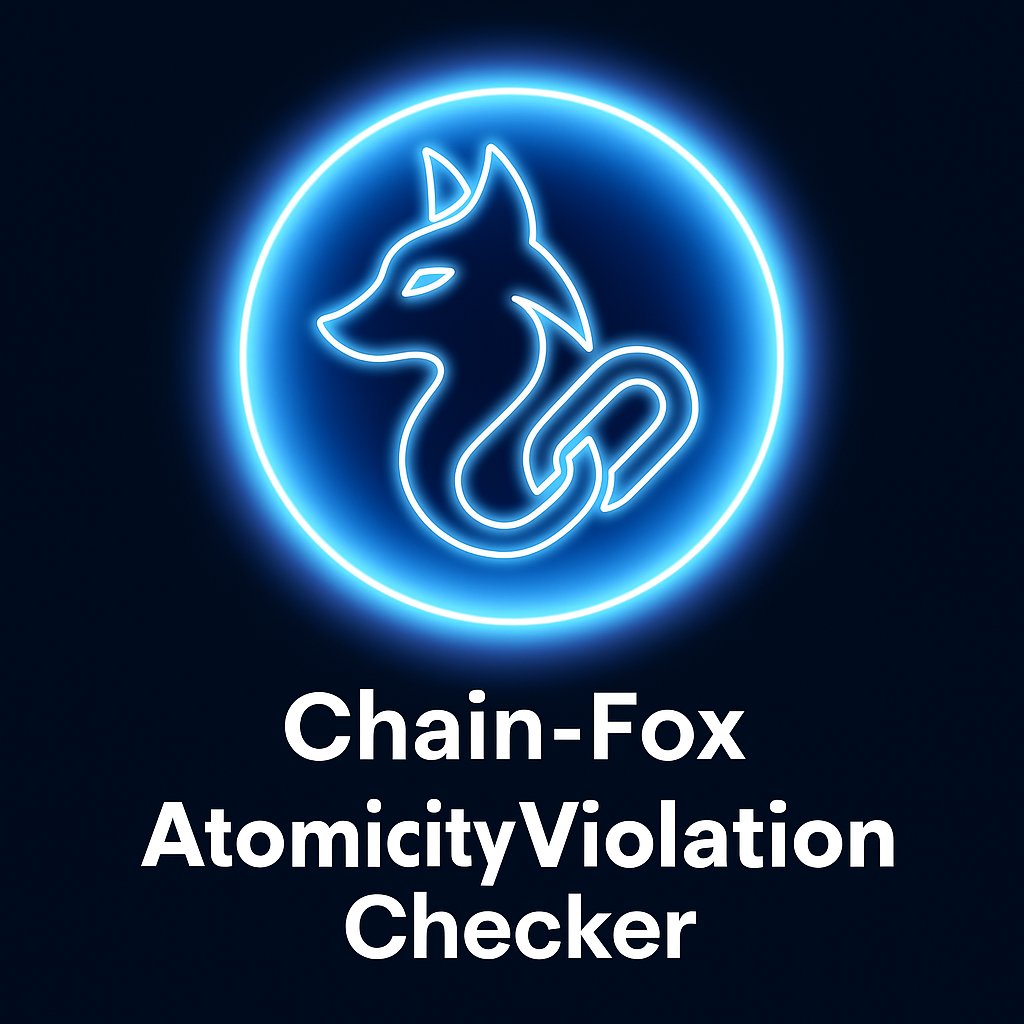Today we’re looking into the Atomicity Violation Checker:
Our fourth Rust checker in the ongoing Chain-Fox thread series on concurrency and safety issues in Rust projects.
Subtle concurrency bugs can silently undermine your systems. Our next tool brings them to light.
This marks the continuation of our deep dive into Chain-Fox checkers for Rust.🧵

What does this checker do
It detects potential race conditions caused by interleaved atomic operations in multi-threaded Rust programs
Atomic operations that seem safe in isolation can violate logic when combined without proper synchronization.
The problem
When multiple atomic operations access the same variable, and those accesses are interleaved by another thread’s atomic operations, it may break program invariants.
This results in logic bugs that are hard to reproduce and even harder to debug.
𝗪𝗵𝘆 𝗶𝘁 𝗺𝗮𝘁𝘁𝗲𝗿𝘀
These bugs do not crash your program
They cause it to behave incorrectly
In blockchain systems or concurrent applications, that can lead to lost messages, broken consensus or stale state.
𝗛𝗼𝘄 𝘁𝗵𝗲 𝗰𝗵𝗲𝗰𝗸𝗲𝗿 𝘄𝗼𝗿𝗸𝘀
The Atomicity Violation Checker analyzes the Mid-level Intermediate Representation MIR of your Rust code
It identifies patterns where atomic ops lack proper synchronization
It reports:
• The types of the atomic operations
• The code locations where they occur
Real-world impact
This is not just theory. Here’s a bug we uncovered in parity-ethereum
Fix atomicity violation in network-devp2p by Chain-Fox · Pull Request #11277
openethereum/parity-ethereum
Why it is crucial for Rust developers
• Rust gives memory safety but concurrency remains a logic minefield
• Atomic ops can silently interact across threads
• Our checker catches what the compiler cannot
Build correct concurrent code with confidence
So far we’ve explained four Rust checkers in the Chain-Fox suite
• Double-Lock Checker
• Conflict-Lock Checker
• Condvar Misuse Checker
• Atomicity Violation Checker
More are on the way. We’ll cover the next one in our upcoming thread.
87
4.76K
The content on this page is provided by third parties. Unless otherwise stated, OKX is not the author of the cited article(s) and does not claim any copyright in the materials. The content is provided for informational purposes only and does not represent the views of OKX. It is not intended to be an endorsement of any kind and should not be considered investment advice or a solicitation to buy or sell digital assets. To the extent generative AI is utilized to provide summaries or other information, such AI generated content may be inaccurate or inconsistent. Please read the linked article for more details and information. OKX is not responsible for content hosted on third party sites. Digital asset holdings, including stablecoins and NFTs, involve a high degree of risk and can fluctuate greatly. You should carefully consider whether trading or holding digital assets is suitable for you in light of your financial condition.

